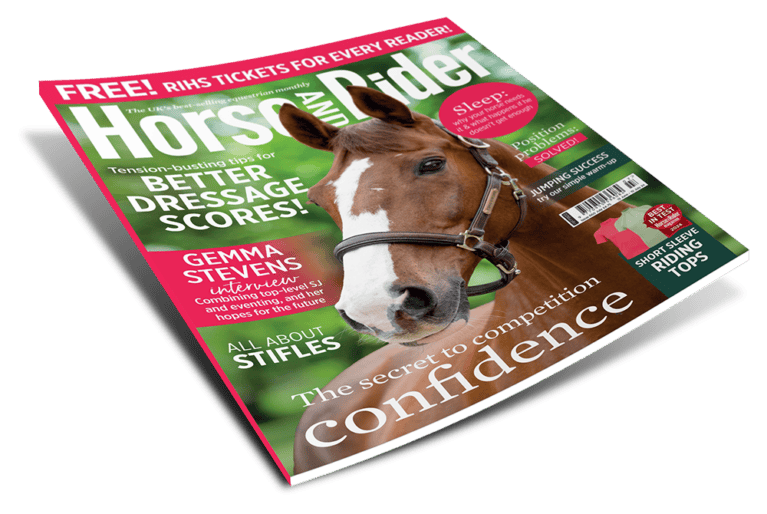A weighty matter
Posted 6th June 2024
Help your horse reach and maintain a healthy weight with advice from nutritionist Emma Short

With 30–50% of the UK’s equine population considered overweight or obese, many horse owners are unwittingly beginning to see an unhealthy body condition as the norm. Just as for humans, overweight equines are at risk of a number of health issues, most notably equine metabolic syndrome (EMS), insulin dysregulation (similar to type two diabetes) and laminitis. Carrying excess body fat also increases pressure on internal organs, including the heart and lungs, and can lead to joint problems because of the added strain on limbs.
The right weight?
While we talk about bodyweight and weight gain, there’s no way to determine the ideal weight for an individual horse. This is because weight varies so much according to breed, conformation and muscle development. However, knowing what your horse weighs and being able to monitor it is useful for spotting changes that can otherwise be difficult to identify when you see them every day. Weighbridges are the most accurate option but weightapes are a useful alternative, especially for regular monitoring.
Almost more important than bodyweight is knowing how much fat your horse is carrying. Using an objective numerical body condition scoring (BCS) scale is invaluable for assessing fat levels and can also be done regularly, alongside weightaping, to monitor losses or gains.
On the scale
BCS requires visual and hands-on evaluations of key areas of your horse’s body where fat deposition may be felt. There are two recognised BCS scales, 0–5 and 1–9, with the lowest scores representing a horse in poor or emaciated condition and the highest extremely fat or obese.
It doesn’t matter which BCS scale you use, only that you use the same one each time. It can help to score every part of your horse separately, then work out an average.
On the 1–9 BCS scale, a horse with a score higher than 7 will typically have more than 20% of his bodyweight made up of fat, which means his dietary calorie requirements are being exceeded. To lose weight and slim down to a moderate BCS of 5 on this scale the horse must, therefore, burn more calories than he consumes, and you will need to make changes to his diet, management and exercise levels to facilitate this.
Did you know?
If your horse is prone to laying down fat along their crest, you can attribute a cresty neck score separately from the BCS.
Find out more about how to help your horse reach and maintain a healthy weight in July Horse&Rider – on sale now!










